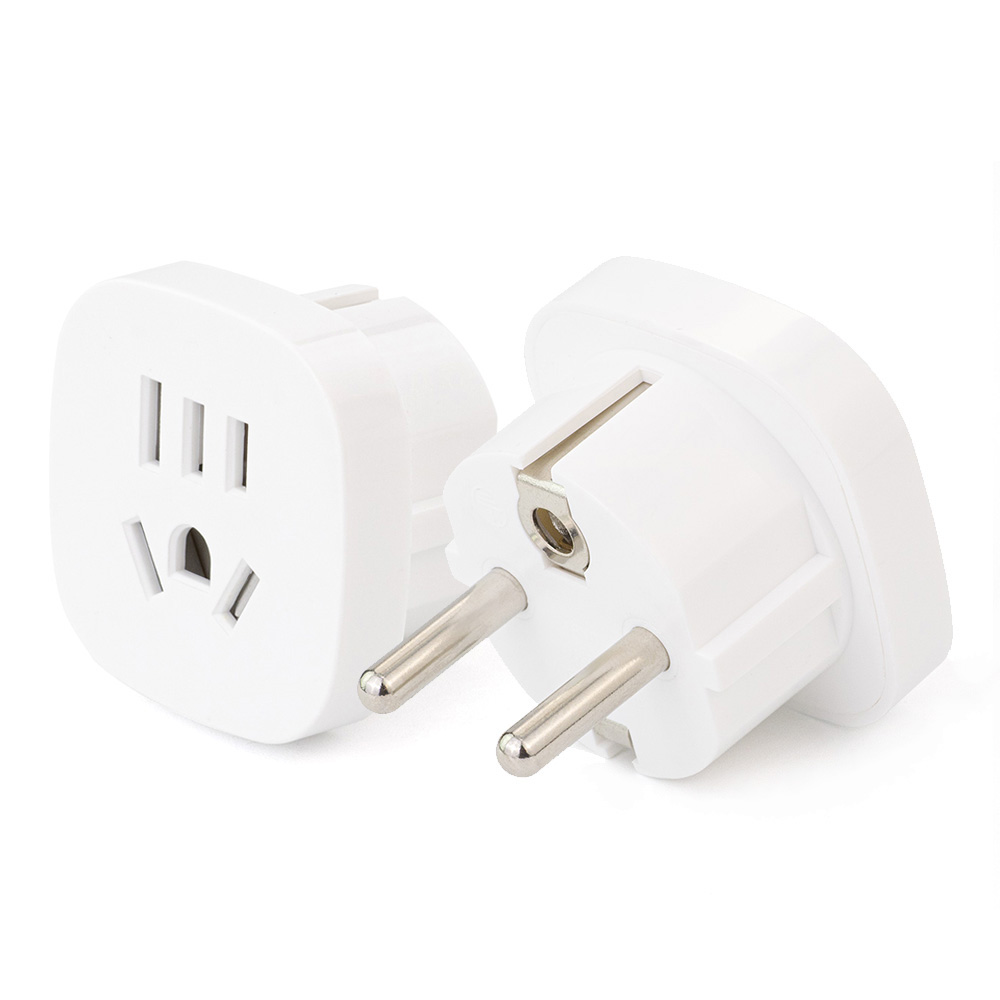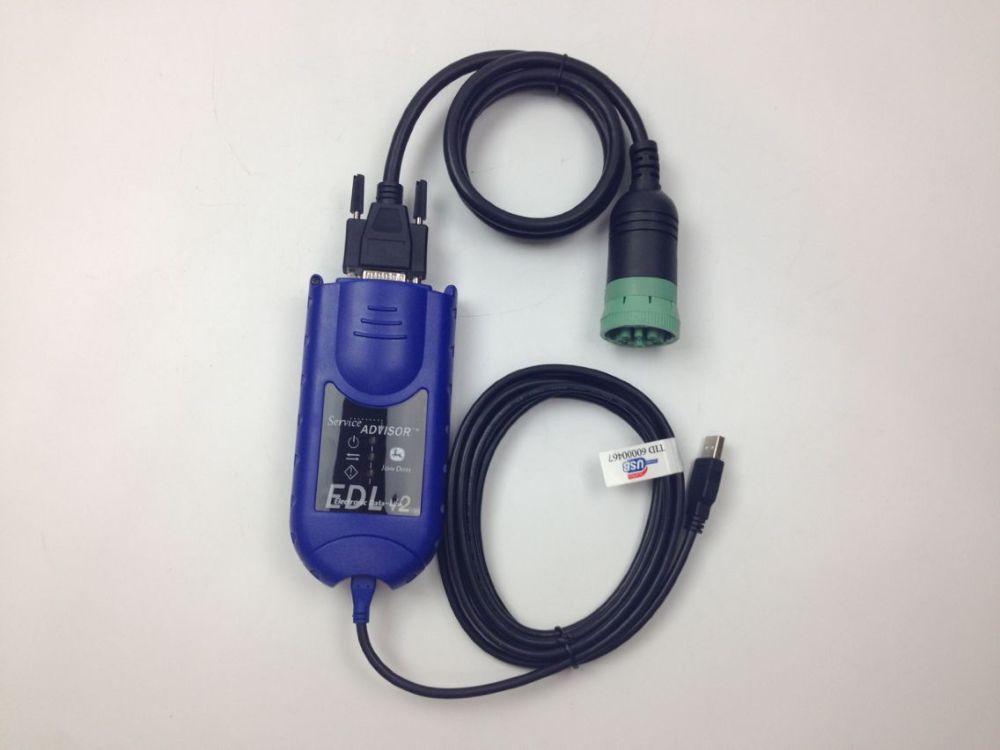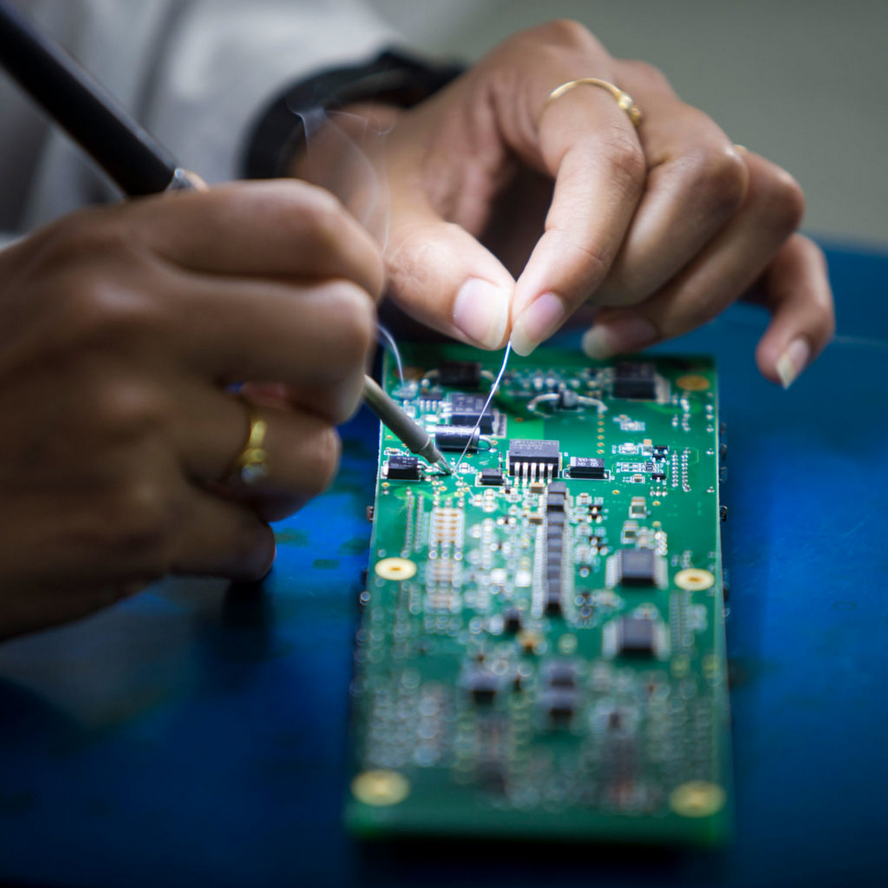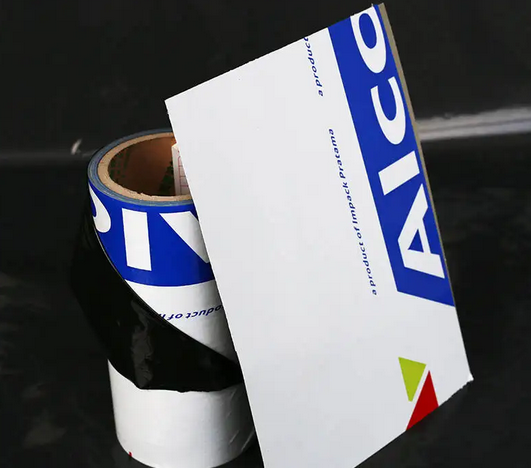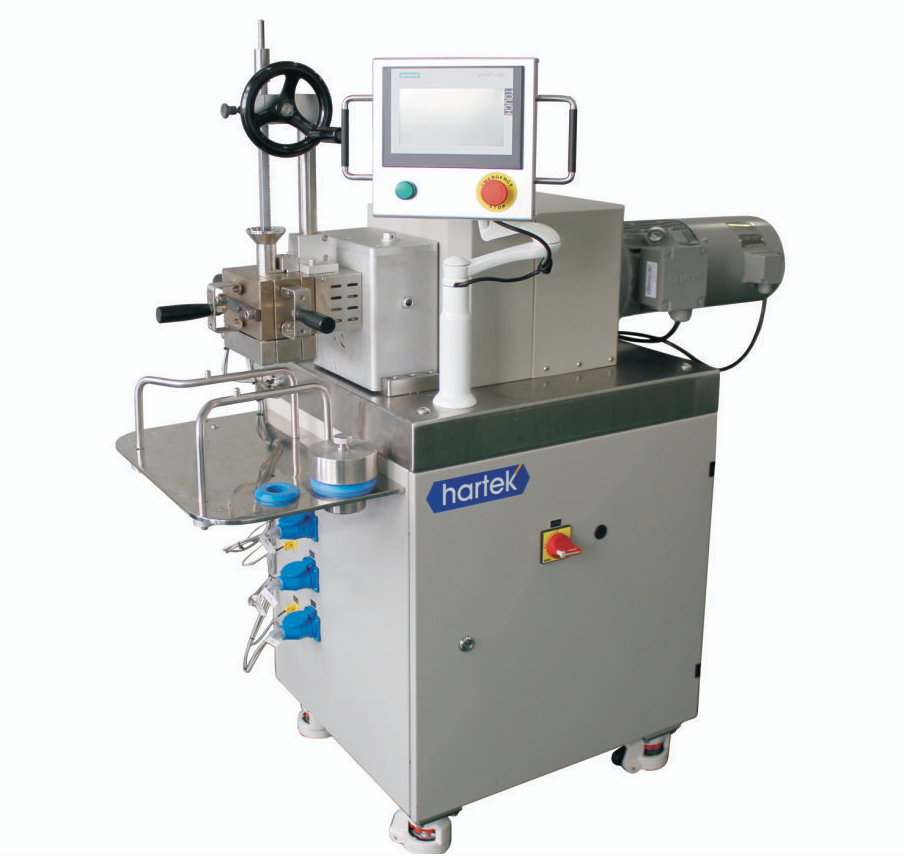Nail art has evolved into a trendy form of self-expression, and one of the most convenient tools for achieving intricate designs is the nail art stamping plate. Guangzhou Fantastic Beauty Nail Co., Ltd. offers high-quality stamping plates that make professional nail art easy and accessible for everyone.
What is a Nail Art Stamping Plate?
A nail art stamping plate is a metal plate etched with various patterns and designs. It is used with stamping polish, a stamper, and a scraper to transfer the design onto nails. This tool allows users to create salon-quality nail art with minimal effort.
Advantages of Using Nail Art Stamping Plates
1. Easy and Quick Application
Stamping plates save time compared to freehand nail art. Users can achieve intricate designs in just a few simple steps, making them perfect for both beginners and professionals.
2. Versatile Designs
Guangzhou Fantastic Beauty Nail Co., Ltd. provides a variety of stamping plates with floral, geometric, holiday-themed, and abstract patterns to suit different occasions and styles.
3. Cost-Effective Solution
Instead of spending money on expensive nail salon visits, nail art enthusiasts can create stunning nail designs at home using stamping plates.
4. Durable and Reusable
Made from high-quality stainless steel, these plates are long-lasting and can be used multiple times without losing their effectiveness.
How to Use a Nail Art Stamping Plate?
- Prepare the Nails – Clean the nails and apply a base coat or polish of choice.
- Apply Stamping Polish – Choose a stamping polish and apply it to the desired design on the plate.
- Scrape Off Excess Polish – Use a scraper to remove excess polish, leaving it only in the engraved design.
- Pick Up the Design – Use a stamper to pick up the pattern from the plate.
- Transfer to the Nail – Gently press the stamper onto the nail to transfer the design.
- Seal with a Top Coat – Finish with a top coat to protect and enhance the design.
Why Choose Guangzhou Fantastic Beauty Nail Co., Ltd.?
With a commitment to innovation and quality, Guangzhou Fantastic Beauty Nail Co., Ltd. provides professional-grade nail art stamping plates that cater to nail technicians and DIY nail artists alike. Their plates are precisely etched for flawless stamping, ensuring high-definition designs every time.
Nail art stamping plates are a game-changer for anyone looking to achieve stunning nail designs effortlessly. Whether for personal use or professional salons, these plates are a must-have tool for creative nail art.

